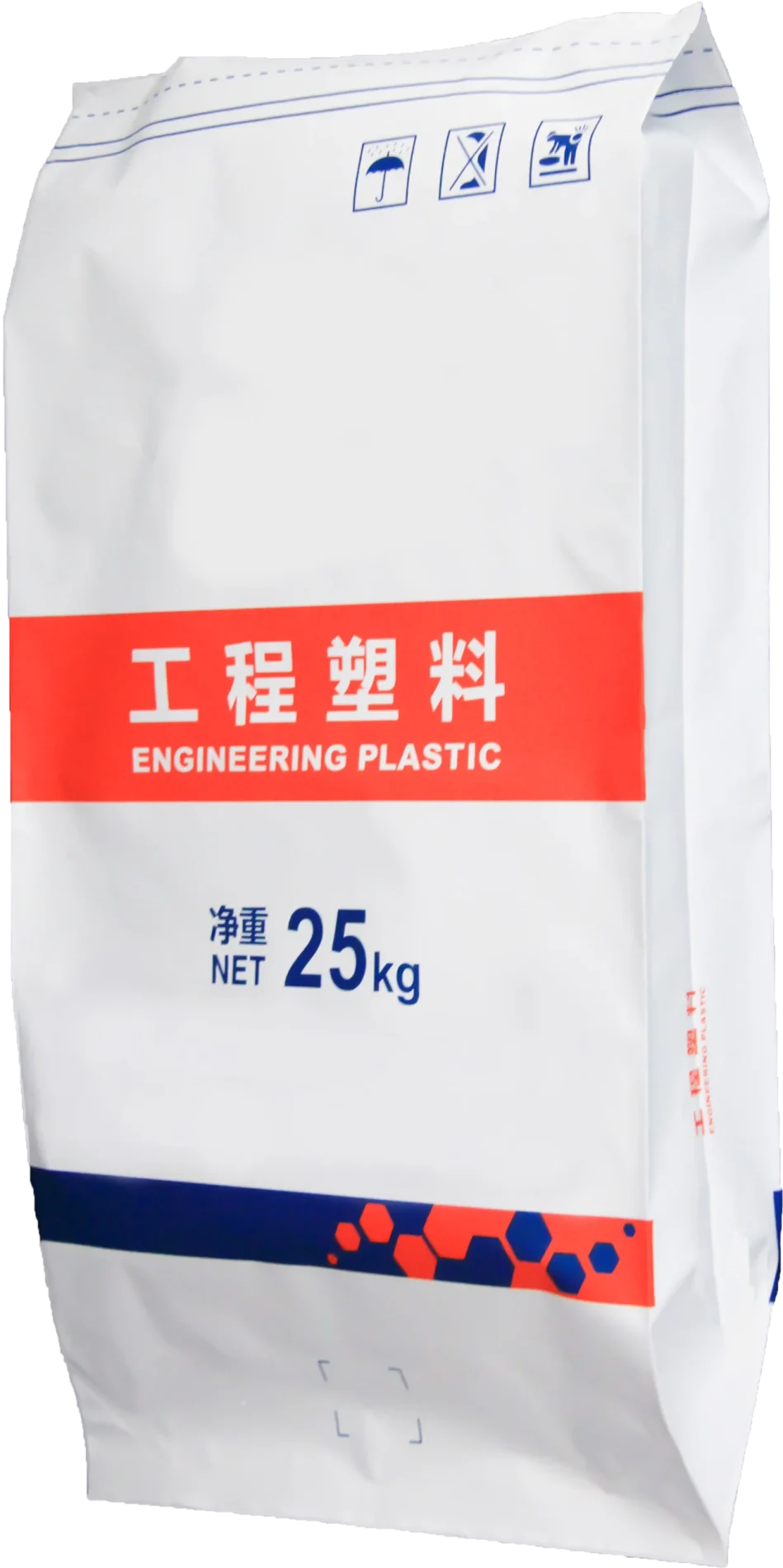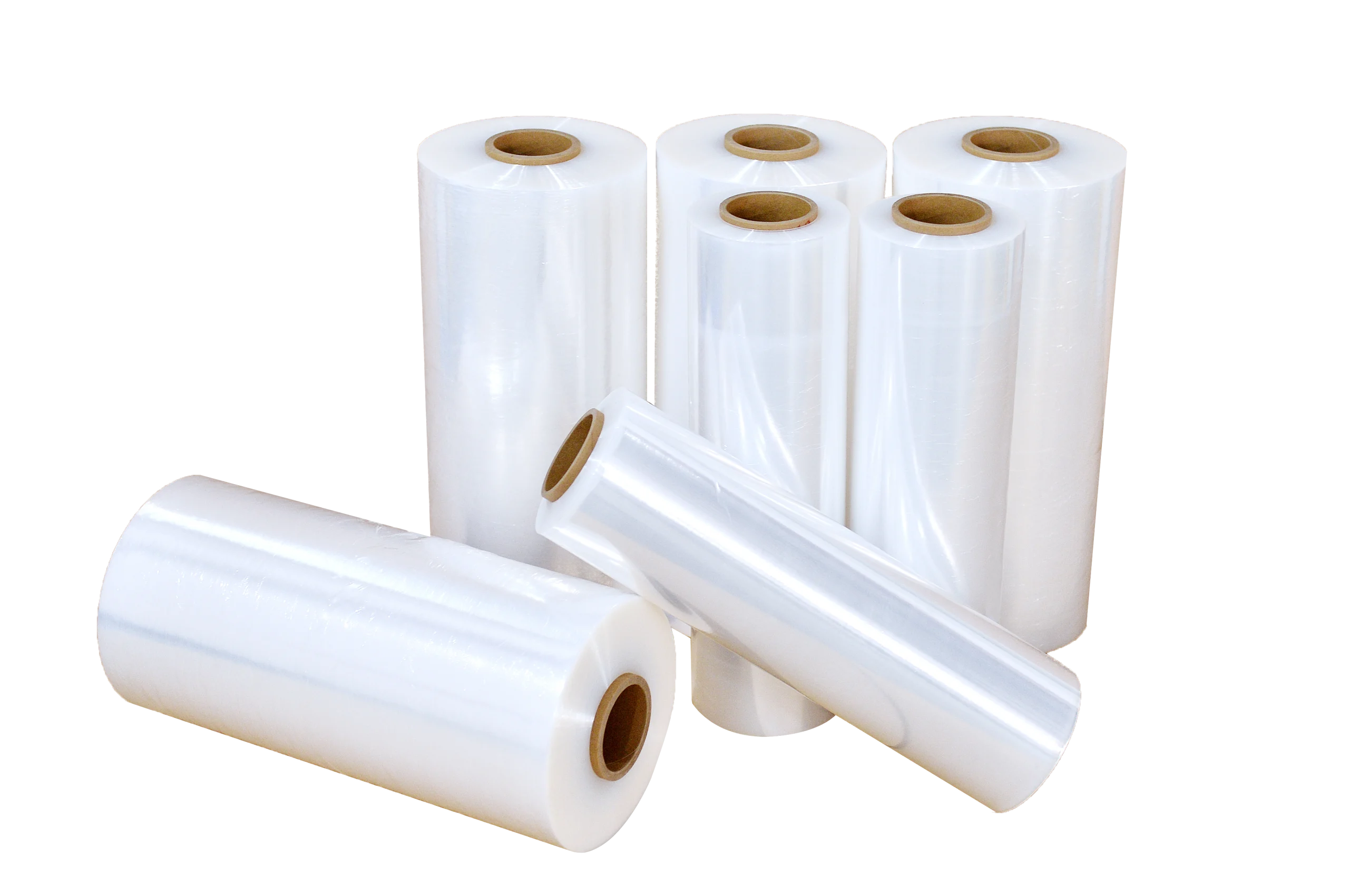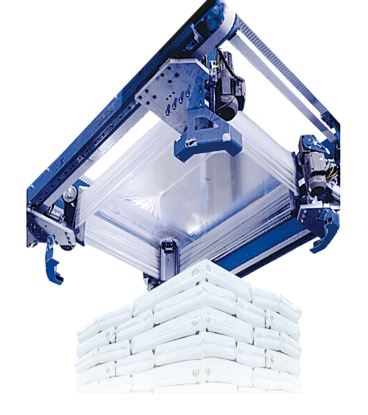

2025-07-29
As a fundamental building material, cement’s quality depends heavily on the protective properties of its packaging. Choosing the right high-barrier packaging bag is crucial to protecting cement from moisture, air, and other external factors during transportation and storage. This article will explore how to choose high-barrier packaging bags suitable for the cement industry, analyzing their advantages and key selection criteria to help companies improve product quality and market competitiveness.
Definition of High Barrier Packaging Bags
High-barrier packaging bags are made of multi-layer composite materials and offer significant barrier properties against gases, moisture, light, and other external factors. Cement, as a powdery substance, is highly susceptible to moisture, caking, and even heat and deterioration. High-barrier packaging bags effectively isolate external oxygen, water vapor, and moisture, ensuring product quality is not compromised during transportation and storage. Common high-barrier packaging bag materials include aluminum foil composite film, PET/AL/PE composite film, and NY/AL/PE composite film.
Advantages of High-Barrier Packaging Bags
Moisture Resistance: Cement contains a certain amount of moisture during the production process. If stored in a humid environment, it easily absorbs moisture, causing caking, solidification, and quality degradation. High-barrier packaging bags effectively prevent moisture from getting into cement, preserving its powdery properties and preventing deterioration.
Gas Barrier: When cement is exposed to air for a long time, the effects of oxygen and moisture accelerate the changes in its composition, affecting its strength and stability. High-barrier packaging bags effectively block the ingress of outside air, slowing the oxidation process and maintaining its long-term performance.
UV Protection: UV rays are one of the factors that cause many materials to age. Although cement is not directly affected by UV rays, high-barrier packaging bags typically use opaque materials or coatings to block UV rays, reduce degradation, and protect the cement’s internal components.
Improved Product Stability: High-barrier packaging bags ensure the stability of cement during transportation and storage. Through an effective sealing design, they prevent external factors from affecting the cement, ensuring the cement’s physical and chemical properties, thereby ensuring the final product is used.
Environmental protection: With increasingly stringent environmental regulations, the use of recyclable or environmentally friendly high-barrier packaging materials has become increasingly important. Many modern packaging bags utilize environmentally friendly materials, reducing environmental pollution and meeting market demand for green packaging.
How to Choose High-Barrier Packaging Bags for the Cement Industry
When selecting suitable high-barrier packaging bags, it’s important to consider both the characteristics of the cement and the performance of the bag. Here are several key factors:
Material Selection: Cement packaging requires excellent water and gas barrier properties. Aluminum foil composite films or PET/AL/PE composite films are common choices. Aluminum foil offers excellent moisture and gas barrier properties, making it ideal for packaging cement, preventing it from clumping or oxidizing in humid environments.
Bag Design: Cement packaging bags should be well sealed to prevent contact with air during transportation and storage. Choose high-barrier bags with strong heat-sealing properties to ensure a secure seal and resist breakage or leakage.
Moisture-Proof: Selecting packaging bags with excellent moisture-proof properties is crucial. The multi-layer design of high-barrier packaging bags effectively blocks moisture from entering, keeping cement dry and in a powdered state.
Pressure resistance: Cement is often stacked together, so the pressure resistance of packaging bags is crucial. Selecting bags that can withstand significant pressure and resist rupture ensures the safety of cement during transportation and stacking.
Cost-effectiveness: Although high-barrier packaging bags may be more expensive, the protective features they provide can significantly improve cement quality and market competitiveness. Companies should make a reasonable choice based on their production and transportation needs, carefully considering material costs and ultimate benefits.
Environmental friendliness: With increasing environmental protection requirements, choosing recyclable or biodegradable packaging materials is also crucial for enhancing a company’s brand image. When selecting high-barrier packaging bags, choose materials that meet environmental standards to meet market and regulatory requirements.
Selecting moisture barrier bag suitable for the cement industry not only effectively extends the shelf life of cement but also maintains its physical properties and chemical stability. By comprehensively considering the barrier properties, pressure resistance, moisture resistance and environmental friendliness of packaging materials, companies can improve the quality of cement, enhance market competitiveness and provide consumers with more reliable products.
More News

2025-12-15
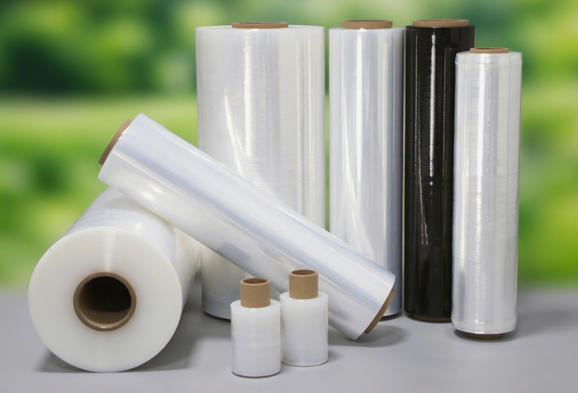
2025-12-04
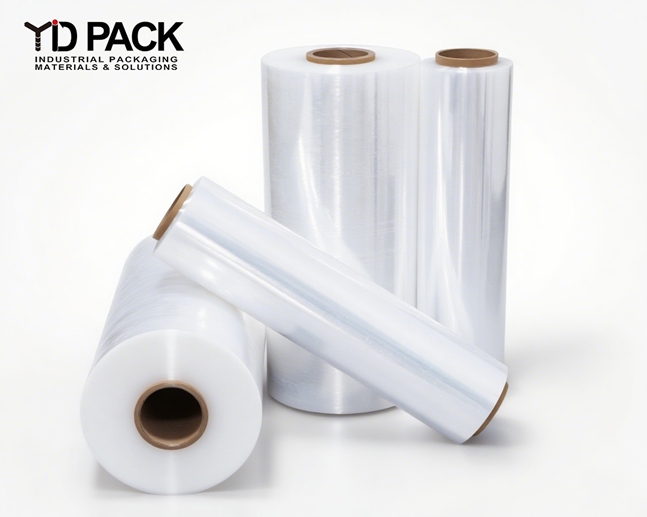
2025-11-28

2025-11-28
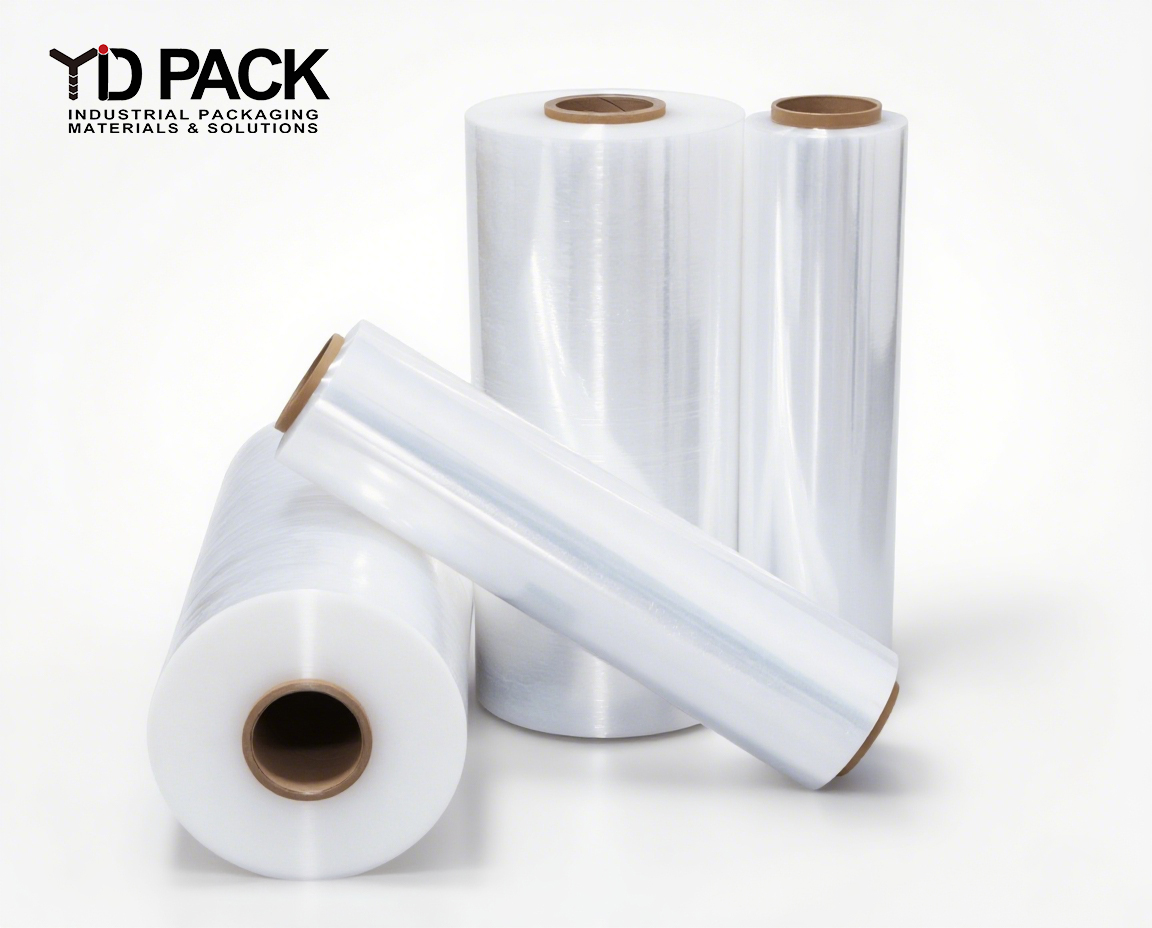
2025-11-21

2025-11-21
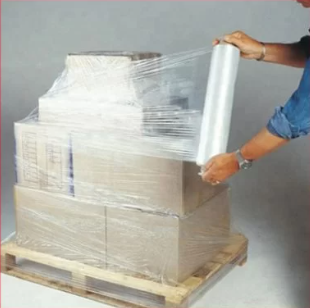
2025-11-17

2025-11-08
